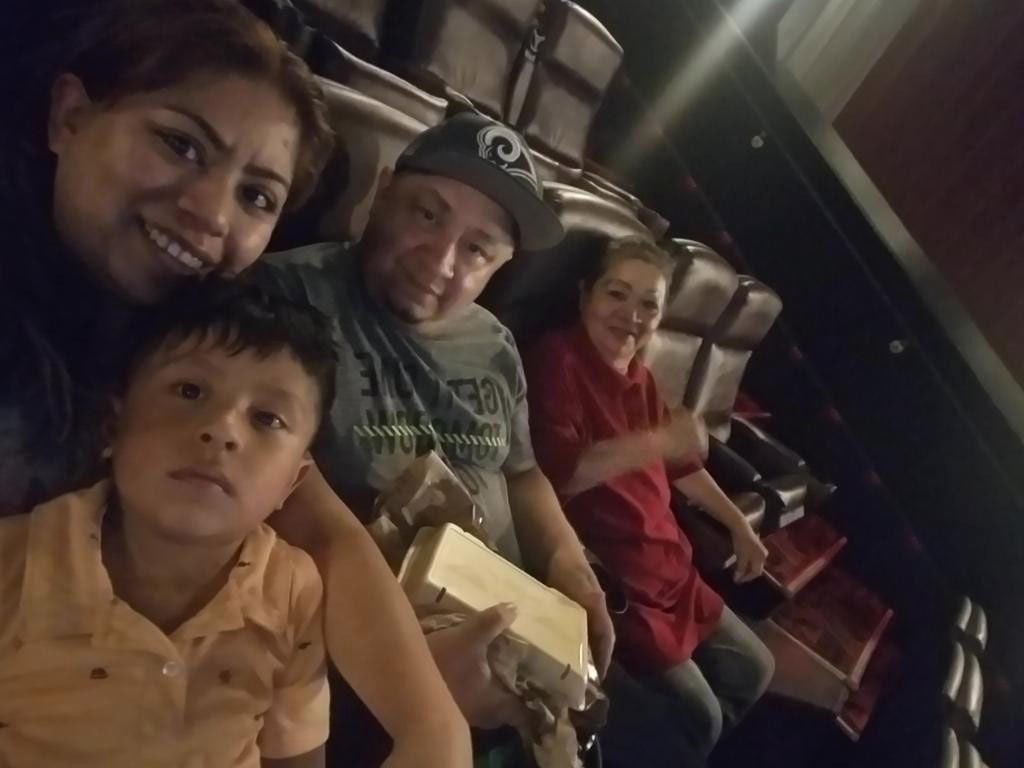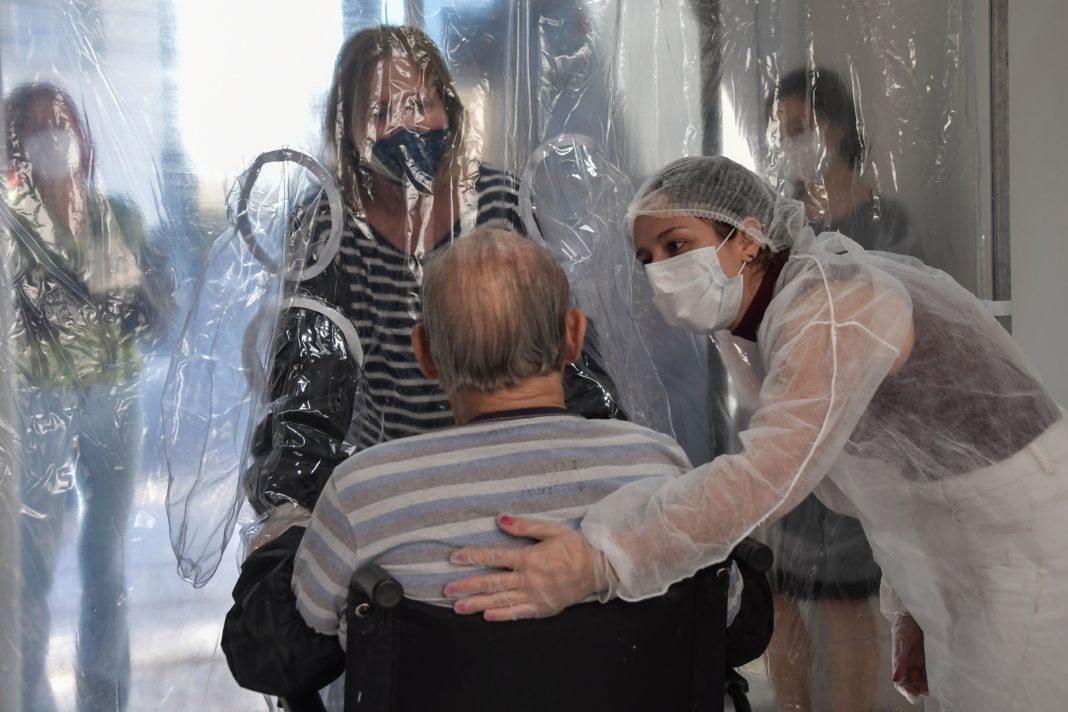Senior care institutions have become centers of infection and the epicenter of the US pandemic.
After spending three months in an institution for the elderly, Martha Lara Polanco, 70, and her family celebrate their return home. Her son Edgar Polanco said it is a relief to know that his mother is no longer isolated.
Returning home possibly also prevents Martha from becoming one more statistic of those who have died in nursing homes during the coronavirus pandemic.
Martha had a fall earlier in the year which led to emergency surgery. After the operation Martha was left with half of his body paralyzed. Because she was considered a vulnerable person to the coronavirus and with high needs for physical help, she was not allowed to return home. The hospital transferred her to a nursing home in western Los Angeles.

"They let her out on May 29 and she still needs help because her arm is paralyzed, but her physical therapist, her speech therapist and nurses are coming to help her," Edgar said.
He assured that the personnel arrive well prepared with their personal protective equipment (PPE), covered from head to toe. Although recovery can take a while, Edgar said his mother is much happier now that she can sleep in her own bed.
"She is very happy and when there is no help we help her because she still has trouble moving her right arm," said Edgar. "I am also very happy and it takes a weight off my shoulders now that I can have it close."
The fact that Martha has left the nursing home was a good decision since, according to experts, since the COVID-19 pandemic began, the elderly are the most likely to become infected and / or die.
Dr. Tung Nguyen, a professor in the health division of general internal medicine at the University of California, San Francisco (UCSF), said nursing homes and nursing homes have become the epicenter of the pandemic with more than 210,000 cases and 43,000 deaths.
"I think we all know that older adults are at increased risk of infection and death. Recall that both advanced age and other chronic health problems are more prevalent as people age, "Nguyen said in a virtual briefing organized by Ethnic Media Services on Monday.
The doctor indicated that as of May 28, in 26 states, at least 50% of COVID-19 deaths occurred in nursing homes.
It is estimated that eight out of 10 deaths from COVID-19 in the United States are people older than 65 years and 70% of hospitalizations are people older than 85 years, indicate the Centers for Disease Control and Prevention (CDC).
Forgotten adults
Nancy Garduño, who works in a nursing home in Orange County, said another aspect that affects older people is that their own family members neglect them. This leads to depression.
"They did not come to see them, since before the coronavirus they only came to leave them and leave," said Garduño.
She indicated that caregivers — ages 50 to 90 — usually have medical conditions that require more close care for conditions like dialysis or diabetes. Some more have prosthetics on their limbs. She estimated that approximately 40% of the patients are of Hispanic origin.
"If someone tests positive (for the coronavirus) and we call their families to notify them, they only tell us that we are responsible for taking care of them," added Garduño. "I think Filipinos are more aware of their relatives, they participate in video calls more often with them. In Spanish we only have two patients who make the video call ”.
Nguyen said public health approaches such as isolation and social distancing are more toxic to the elderly who may need help with food and activity of daily living. Lacking this social element, the mental and cognitive health problems associated with loneliness increase.
"A study a couple of months ago showed that the death rate in the United States was less than 1% for those under 54, but for those 65 to 84 years it increased from 3% to 11% and for those over 85 years from 10% to 27%, ”said the doctor.
Experts suggest that if the patient is to remain isolated, family members should interact with them through platforms such as video calls.
"If you can take your (senior) family members home right now, that would be the best you could do," Dr. Charlene Harrington, a gerontologist and professor of nursing at UCSF, said during the virtual meeting from Ethnic Media Services.








